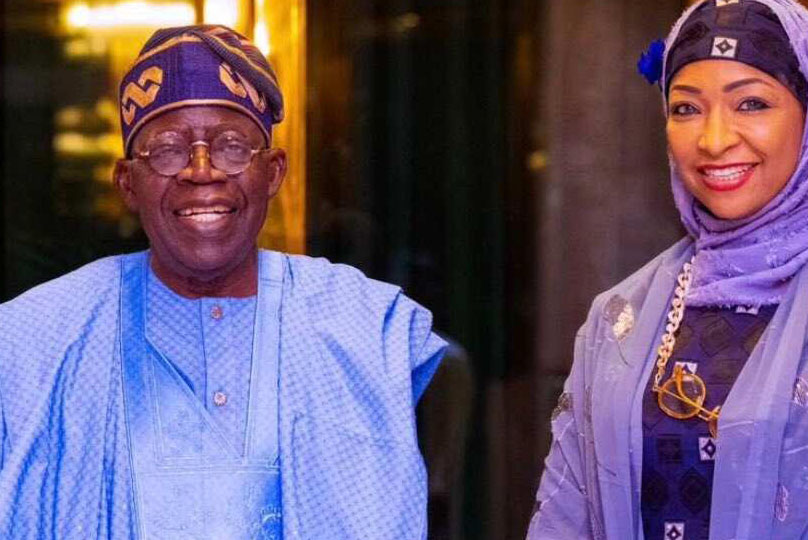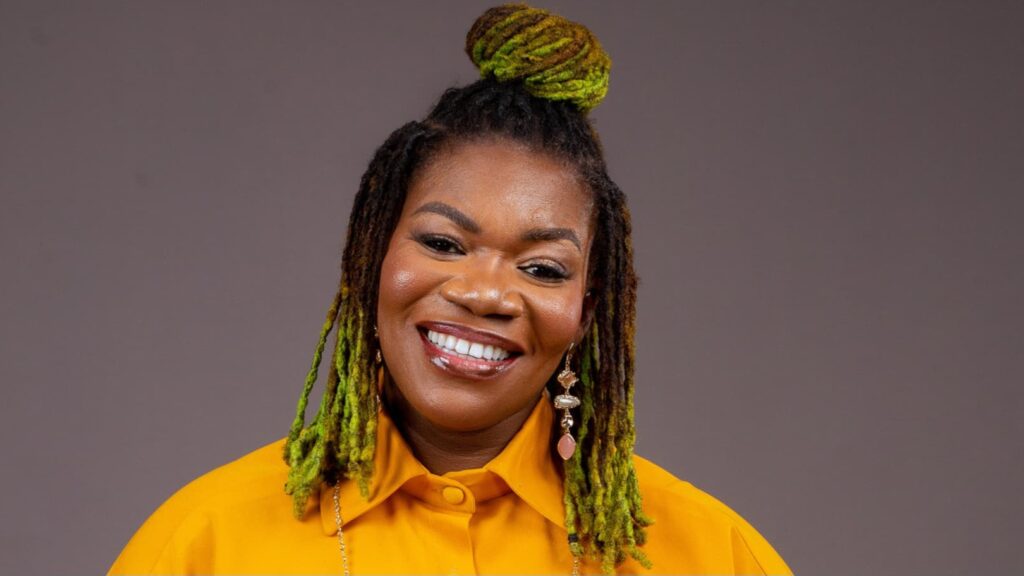
Despite plan by government to earn $100 billion from the creative industries by 2030, there are indications that this may not be achieved at all, as building of a national gallery in Abuja, a national museum in Abuja, fixing of the challenges faced by the media, climate change and critical support of shareholders are essential inputs, which are still unattended to. Current growth in the creative economy shows near-term resilience amid persistent challenges.
While unveiling a roadmap to drive Nigeria’s culture and showcase its creators to the world, as well as establishing the country as the leading global hub for arts, culture and creativity, the Minister of Art, Culture and Creative Economy, Hannatu Musawa, had said: “Our objective is to contribute 10 per cent to the nation’s Gross Domestic Products (GDP), expanding sectorial GDP to a remarkable $100 billion by the year 2030.”
The minister’s address signifies government’s commitment to propel Nigeria’s ascent in the global creative arena. And as Nigeria embarks on this ambitious decade of creativity, the spotlight is firmly on the nation to redefine its cultural narrative and unveil the richness of its creative tapestry to the world.
According to statistic available, in terms of revenue and earnings, Nigeria is expected to earn $15 billion by 2025 from the creative industry. Breakdown shows that Nigeria is to generate $7.7 billion in 2021, $9 billion in 2022, $10.7 billion in 2023, $12.6 billion by 2024 and $14.8 billion by 2025.
Analysts say Nigeria’s creative industries have the potential to become Nigeria’s largest export sector and could create an estimated 2.7 million jobs by 2050 for the country’s growing youth population, and $100 billion to Nigeria’s GDP by 2030.
However, the support artists get from ministry and government agencies to achieve new heights is very poor.
According to stakeholders in the sector during the last National Festival of Arts Review, government must shift from ‘declarative acknowledgement to tangible recognition’ of the role of the sector in creative economy.
Three years after the deadly Coronavirus (COVID-19) pandemic and the subsequent lockdown of the economy, the sector remains the only one that did not receive palliative despite the colossal damage it suffered.
Though there was a committee by government to determine how much was necessary, till date the palliative has remained “an audio message, meant to be heard not to be responded to.”
Keturah Ovio, a director of Patrons MCAA, said Nigeria is missing out on a substantial $13.2 billion in potential yearly revenue from its arts industry owing to a lack of investments and the absence of policies to drive the sector.
Ovio pointed out the stark contrast between South Africa, where the visual arts and crafts contributed a remarkable 15 per cent to its GDP in 2020, and Nigeria’s arts, entertainment, and recreation sector, which contributed only 0.21 per cent to the second-quarter GDP of 2023, marking a modest increase from 0.16 per cent in the same period of 2022.
Realising the full potential of the arts industry in Nigeria requires substantial investments and a collective effort from all stakeholders, not just the government. The allocation of yearly budgets to support the sector is one effective way to stimulate its growth.
“A rich cultural industry in Nigeria will no doubt speed up our diversification drive, engender rapid socio-economic growth and development and lead to a strong and stable Nigerian currency at the international market,” said Director General of National Council for Arts and Culture (NCAC), Otunba Olusegun Runsewe.
For the estimated 400,000 people who work in the visual art sector, with figures expected to reach 1.2 million next year, there is no place that could be called a National Gallery in Abuja. The staffers remain holed out in two floors in National Secretariat, Abuja.
The National Gallery of Art (NGA) was established as a parastatal by Decree No. 86, 1993 and the 2004 (Amendment Act). This was in fulfillment of the provisions of Nigeria’s Cultural Policy launched in 1988 in accordance with the recommendations of the committee of patrons of the World Decade for Cultural Development (WDCD) approved by UNESCO.
This decision was later reaffirmed by the report of the Vision 2010 Committee to which the National Gallery of Art presented a memorandum in 1997 and the Ahmed Joda Panel in 2000.
NGA has to justify its place in the country’s economic drive, and as the minister noted: “The creative industries are the heartbeat of the new economy, serving as an engine of economic growth, a catalyst of change and a generator of employment opportunities. We are uniquely positioned in this great nation, endowed with an abundance of human capital and boundless possibilities.”
But how can NGA and National Commission for Museums and Monuments do this without a space or edifice that could be called a national gallery or national museum in capital city?
It seemed building of a permanent and befitting national art gallery or museum in Nigeria will not be heard by “bureaucrats and politicians whose ears are completely jammed with fetid wax” as Prof. Chike Agulu-Okeke of the Princeton University, New Jersey, pointed out.
At a forum, themed, Beyond Art Preservation And Promotion: Gallery Edifice As A Major Drive For Diversification of Nigeria Economy, stakeholders in the visual art sector of the creative industry canvassed a befitting national edifice for the NGA, Omooba Yemisi Shyllon, noted that Nigeria has the potential of attracting about six million visitors per annum to its national gallery, thereby generating an income of $56 billion per annum.
Director General, National Gallery of Art, Ebeten William Ivara, even said, “No country worth its salt can do without a world class structure as its gallery of art. Smaller countries in Africa like Zambia, Gambia and Zimbabwe have showpieces as their National Gallery of Art, which attract local and international tourists. The South Africa’s National Gallery of Art has been in place since 1930.”
Shyllon said Nigeria remains in need of a national edifice to conserve and preserve the modern and contemporary artworks of artists. Some of these works, he said, adorn private galleries, homes of collectors, banking halls, reputable public buildings and institutions.
“The artworks of many Nigerian artists are thus lost in the long run and their impact remaining uncoordinated for public exposure, permanent exhibition and promotion. It is not an exaggeration to state that the lack of a national gallery edifice is a key retardant to the development of modern and contemporary art in Nigeria.
“A national gallery edifice being a public space for the unique and important collection of artworks over time for the public benefit, tell some coherent stories in paintings, sculptures, and photographs, spanning decades and reflecting how artists in our nation have lived and responded to the myths of religion, history and contemporary events, covering human forms and our unique cultures,” he said.
At the 12th National Gallery of Art (NGA) Annual Distinguished Lecture, in Abuja, Prof. Jerry Buhari of the Ahmadu Bello University (ABU) also raised the need for art to be given its proper place beyond speeches and shelved policies, adding, it will “be able to redirect our energies, creativity and imagination toward new approaches in addressing national issues.”
He called on government to urgently fast track the building, at least, one national edifice for contemporary art in Abuja, with a profile that can accommodate the volume and diversity of artworks created in the country’s vibrant art scene.
Stakeholders have noted that without a national edifice, it would be difficult to build a coherent art collection that could serve as a tool for nation building.
The Guardian gathered that there are currently over 3,000 works in NGA’s collection tare in varied state of dilapidation, damage or irredeemable.
A national edifice is able to rescue masterpieces of a country’s creative endeavours transfer them to future generations their tangible and intangible cultural value. It is a repository of artworks that by their nature require dedicated and appropriate spaces for storage, display and access for educational purposes, tourism, and celebration of human civilisation.
In the Ninth Assembly, there was intense lobby by the Gallery for it to be one of the beneficiaries of the Economic and Financial Crimes Commission (EFCC) seized property dotting the streets of Abuja, till date nothing happened and yet you expect the gallery to drive the vision.
Without a national gallery there is little NGA can do to drive the creative economy vision of government, especially now that Nigerian art continues to gain global attention and command staggering fees on the domestic and international markets.
This development comes against the backdrop of; an increasing representation of artists by professionally-run galleries specialising in art from the African continent; more appearances by Nigerian artists at major fairs, biennales and festivals, all over the world, more artists studying at prestigious international institutions; and critical text, well distributed to new audiences through alternative channels including social media.
The last time there was such boom was in the 1980s, when newly licensed banks — born of the government’s indigenisation of industry and deregulation of the financial sector — began acquiring art.
The National Museum in Lagos is housed in what the art historian, curator, Agulu-Okeke said is a colonial-style building indistinguishable from other run-down government offices around the city.
The Guardian gathered that the average Nigerian museum rarely attracts more than 2000 visitors every month. The National Museum recorded 42, 889 visitors in 2018, up from 41,826 visitors received in 2017. Of the figure in 2018, 34,713 are students; 7,249 Nigerian adults; and 927 foreigners.
Comparatively, Themed Entertainment Association’s (TEA) research has it that more than 106.5 million people visit the top 20 museums in the world every year.
Also, the National Museum of China, Beijing, attracted 7.3 million visitors.
This enormous building, which is located on the east side of Tiananmen Square and covers a staggering 192,000 square metres, has a vast array of historic Chinese art, artefacts, porcelain, traditional furniture and more.
While the National Museum of Natural History, Washington DC, USA attracted 6.9 million visitors.
Director General/CEO NCMM, Prof. Abba Isa Tijani, said inadequate funding was the major problem facing the Commission, and prior to 2014, NCMM was receiving N60million a month as overhead but with the Coronavirus pandemic, it reduced to N7million!
He lamented there are objects in storage across the museums, but spaces to display them are lacking, adding that the galleries are not good and spacious enough to exhibit.
“There is a need to upgrade our existing museum and build new ones to be able to display the richness of what we have. It is time for us to start preparing for repatriated artefacts,” he remarked.













